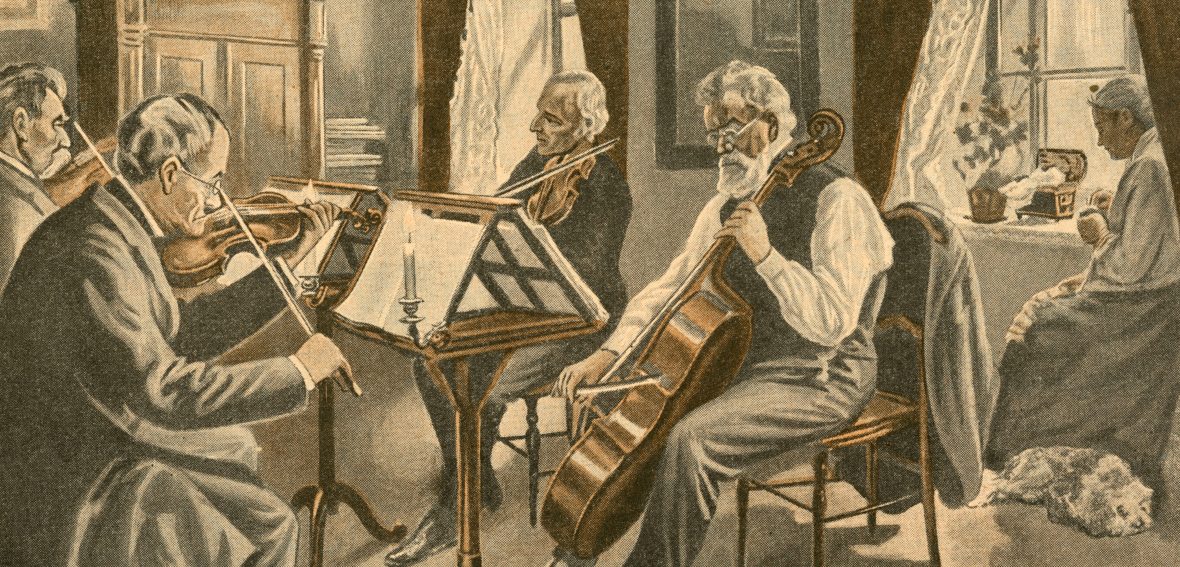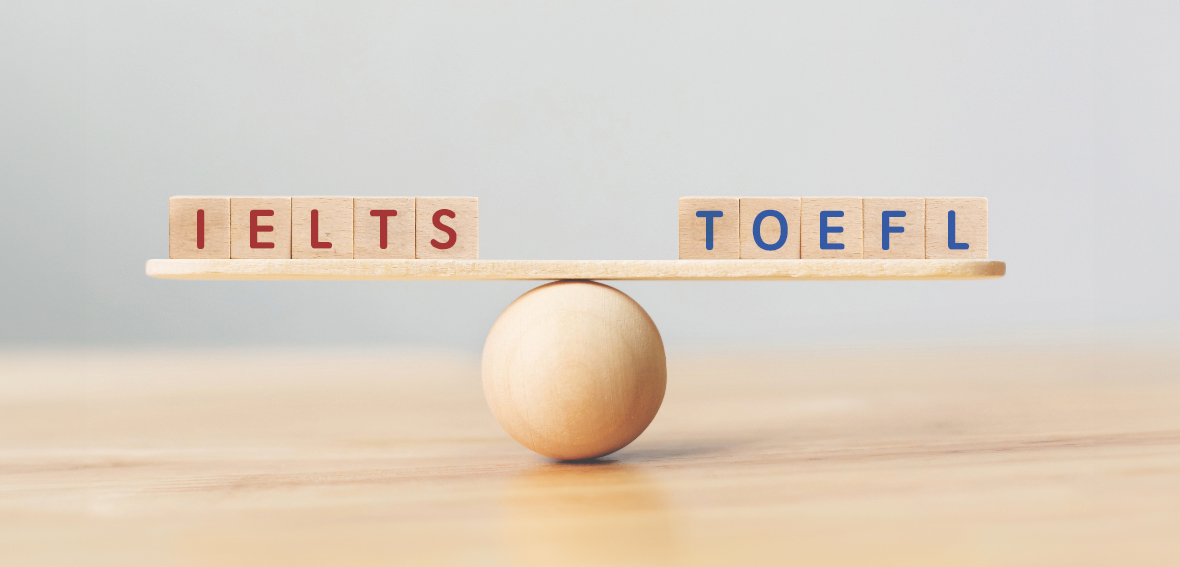Le format de l’épreuve
Pour rappel, les textes dans la section Reading du TOEFL sont entre 550 et 700 mots chacun avec 10 questions pour chaque texte.
L’entraînement que nous vous avons préparé utilisera un texte un peu plus court. Néanmoins, la difficulté du texte, le vocabulaire présent ainsi que les types de questions restent très similaires à ceux que vous trouverez dans le vrai TOEFL.
Vous êtes prêts? Allons-y !
Reading : Les différents types de questions
La section Reading du TOEFL est structurée autour de différents types de questions, chacun testant des compétences spécifiques en lecture. Les voici classées par fréquence d’apparition :
- Informations Factuelles: 2 à 5 questions par test.
- Informations Factuelles Négatives: 0 à 2 questions par test.
- Questions d’Inférence: 1 à 2 questions par test.
- Questions à Objectif Rhétorique: 1 à 2 questions par test.
- Questions de Vocabulaire: 1 à 2 questions par test.
- Questions de Référence: 0 à 2 questions par test.
- Simplification de Phrase: 0 à 1 questions par test.
- Insérer du Texte: 1 question par test.
- Lire pour Apprendre: 1 question par test, qui peut se diviser en:
- Résumé de Prose
- Remplissage de Tableau
Approfondissez Vos Connaissances
Avant de plonger dans nos exercices d’entraînement, il est essentiel de bien comprendre chaque type de question. Pour cela, je vous encourage à consulter nos guides détaillés sur :
- Les questions d’inférence et à objectif rhétorique
- Les questions d’informations factuelles et factuelles négatives
- Les questions de vocabulaire et référence
- Les questions de simplification de phrase et insertion de texte
- Les questions de résumé de prose et remplissage de tableau
De plus, pour maximiser vos chances de succès, ne manquez pas notre article bourré d’astuces pour exceller dans la section Reading. Si vous vous demandez comment se déroule cette partie du TOEFL dans son ensemble, notre guide complet vous offre un aperçu clair des instructions, des types d’exercices, et des questions que vous rencontrerez.
Le texte à lire
The Cultural Phenomenon of K-Pop (420 words)
K-Pop, or Korean Pop music, is an international music phenomenon that originated from South Korea. Over the past two decades, it has surged in popularity, captivating audiences across the globe with its unique blend of infectious melodies, stunning choreography, and visually pleasing music videos. While some might dismiss K-Pop as just another pop music trend, a closer look reveals that it’s a complex cultural movement with deep roots in Korean history and society.
One of the distinct characteristics of K-Pop is its group structure. Unlike many Western pop scenes, where solo artists dominate, K-Pop is known for its idol groups. These groups often consist of multiple members, sometimes ranging from four to even thirteen. Each member usually plays a specific role, such as the leader, main vocalist, lead dancer, or visual – the member deemed most traditionally attractive. This structure has its origins in the traditional Korean performance arts, where group harmony and synchronization were valued.
Another defining feature of K-Pop is the training system. To become an idol, one doesn’t merely rely on raw talent. Most idols go through a rigorous training process, sometimes lasting up to a decade. They are trained not just in singing and dancing, but also in other areas such as acting, public speaking, and multiple languages. This comprehensive training system ensures that by the time they debut, these idols are polished performers, capable of captivating audiences on and off the stage.
The global spread of K-Pop cannot be discussed without mentioning the role of technology and social media. Sites like YouTube have played a pivotal role in K-Pop’s international recognition. Fans from different parts of the world can easily access music videos and performances. Moreover, social media platforms like Twitter and Instagram have allowed fans to connect directly with their favorite idols, making the fan-idol relationship more intimate and personal.
However, K-Pop isn’t just about the music. It’s also a gateway into Korean culture. Many international fans, after being introduced to K-Pop, find themselves delving into other aspects of Korean culture, such as its food, language, fashion, and dramas. This cultural exchange has contributed to a positive perception of Korea globally and has boosted its soft power significantly.
In conclusion, K-Pop is more than just catchy tunes and flashy dance moves. It’s a reflection of Korean culture and values, packaged in a way that appeals to the global audience. Its rise to global dominance is a testament to the power of music to transcend borders and bridge cultural divides.
Glossaire
Dans le vrai TOEFL il n’y aura pas de glossaire, c’est pour cela qu’il est très important de s’entraîner à lire en amont de l’examen et prendre note du nouveau vocabulaire que vous rencontrez pendant votre apprentissage. Avoir un vocabulaire académique riche vous aidera à affronter les différentes sections du test avec confiance.
Pour cet entrainement, nous vous fournirons un glossaire avec quelques mots importants à connaître pour comprendre des textes sur ce sujet.
Si vous voulez avoir plus d’idées sur comment améliorer votre vocabulaire, je vous invite à lire notre article sur comment améliorer votre vocabulaire pour le TOEFL.
Glossary:
- Idol: A young person who is trained to become a singer, dancer, or actor in the entertainment world, especially in East Asia.
- Visual: In the context of K-Pop, refers to the member of an idol group who is considered the most visually attractive.
- Soft power: The ability of a country to persuade others without force or coercion, often through cultural or ideological means.
Questions
Pour simuler au mieux le vrai TOEFL, nous allons vous poser quelques questions en utilisant les 10 types de questions présentes dans la section Reading.
1. Informations factuelles
According to the paragraph, how have social media platforms affected the relationship between fans and K-Pop idols?
a) Limited the interactions
b) Severed the connections
c) Made them more distant
d) Facilitated direct interactions
2. Informations factuelles négatives
According to the paragraph, which of the following is NOT mentioned as an area of training for K-Pop artists?
a) Singing
b) Public speaking
c) Archery
d) Dancing
3. Question d’inférence
The author of the paragraph implies that the rigorous training system of K-Pop artists leads to:
a) A more casual approach to performance
b) An emphasis on multiple skill sets
c) A decline in global popularity
d) A higher dropout rate
4. Question à objectif rhétorique
Why does the author mention YouTube in the context of K-Pop’s global spread?
a) To highlight its role in K-Pop’s international success
b) To criticize its influence on music
c) To discuss the history of YouTube
d) To encourage readers to use YouTube
5. Question de vocabulaire
The word “phenomenon” in the passage is closest in meaning to:
a) Anomaly
b) Trend
c) Occurrence
d) Sensation
6. Question de référence
The word “its” in the sentence “Its rise to global dominance is a testament to the power of music to transcend borders…” refers to:
a) Music
b) Power
c) Borders
d) K-Pop
7. Simplification de la phrase
Which of the sentences below best expresses the essential information in the following sentence: “The global spread of K-Pop cannot be discussed without mentioning the pivotal role played by platforms like YouTube.”
a) The global spread of K-Pop is independent of platforms like YouTube.
b) Platforms like YouTube were essential to K-Pop’s global spread.
c) K-Pop has a minor association with YouTube.
d) YouTube has limited K-Pop’s growth.
8. Insérer du texte
Given sentence: “Their visually appealing music videos are a treat for the eyes.” Where would the sentence best fit?
a) K-Pop, or Korean Pop music, is an international music phenomenon…
b) One of the distinct characteristics of K-Pop is its group structure…
c) Another defining feature of K-Pop is the training system…
d) The global spread of K-Pop cannot be discussed without mentioning…
9. Résumé de la prose
Which THREE of the following statements best summarize the main ideas of the passage?
a) K-Pop is an international music phenomenon that originated in South Korea.
b) The K-Pop genre mainly emphasizes group performances.
c) Rigorous training systems are in place to ensure K-Pop idols are versatile performers.
d) Most K-Pop fans are from South Korea.
e) YouTube and social media platforms have been instrumental in K-Pop’s global recognition.
f) K-Pop music focuses on traditional Korean instruments.
10. Remplissage de tableau
K-Pop Characteristics
| Aspect | Description |
| Origin | [ Drag the appropriate description here ] |
| Structure | [ Drag the appropriate description here ] |
| Training | [ Drag the appropriate description here ] |
| International Spread | [ Drag the appropriate description here ] |
Descriptions to Drag:
- A musical phenomenon from South Korea
- Emphasizes group performances with distinct roles
- Rigorous system training artists in various skills
- Gained global recognition through platforms like YouTube and other social media
Réponses et explications
Réponses: 1-d, 2-c, 3-b, 4-a, 5-d, 6-d, 7-b, 8-d, 9-(a, b, e), 10-(A musical phenomenon from South Korea, Emphasizes group performances with distinct roles, Rigorous system training artists in various skills, Gained global recognition through platforms like YouTube and other social media)
1. Informations factuelles
According to the paragraph, how have social media platforms affected the relationship between fans and K-Pop idols?
- Réponse correcte: d) Facilitated direct interactions
Explication : Dans le texte, il est mentionné que “The rise of platforms like YouTube…has facilitated direct interactions between fans and idols.” Cela signifie que les plateformes de médias sociaux ont facilité les interactions directes entre les fans et les idoles de K-Pop.
2. Informations factuelles négatives
According to the paragraph, which of the following is NOT mentioned as an area of training for K-Pop artists?
- Réponse correcte: c) Archery
Explication : La section sur la formation des artistes de K-Pop parle de “singing, dancing, acting and even foreign language lessons.” L’archerie n’est pas mentionnée comme une partie de leur formation.
3. Question d’inférence
The author of the paragraph implies that the rigorous training system of K-Pop artists leads to:
- Réponse correcte: b) An emphasis on multiple skill sets
Explication: Le texte dit que “The training system is rigorous, ensuring that the idols are not only good singers but versatile performers.” Cela suggère que le système met l’accent sur plusieurs compétences.
4. Question à objectif rhétorique
Why does the author mention YouTube in the context of K-Pop’s global spread?
- Réponse correcte: a) To highlight its role in K-Pop’s international success
Explication: Le paragraphe mentionne “The global spread of K-Pop cannot be discussed without mentioning the pivotal role played by platforms like YouTube.” Il est clair que YouTube est essentiel pour le succès international de K-Pop.
5. Question de vocabulaire
The word “phenomenon” in the passage is closest in meaning to:
- Réponse correcte: d) Sensation
Explication : Le mot “phenomenon” est utilisé pour décrire quelque chose d’exceptionnel ou d’extraordinaire. Dans ce contexte, “sensation” est le synonyme le plus proche.
6. Question de référence
The word “its” in the sentence “Its rise to global dominance is a testament to the power of music to transcend borders…” refers to:
- Réponse correcte: d) K-Pop
Explication : La phrase précédente se termine par “…Korean Pop music, is an international music phenomenon.” Le “its” dans la phrase suivante fait référence à ce phénomène musical, qui est K-Pop.
7. Simplification de la phrase
Which of the sentences below best expresses the essential information in the following sentence: “The global spread of K-Pop cannot be discussed without mentioning the pivotal role played by platforms like YouTube.“
- Réponse correcte: b) Platforms like YouTube were essential to K-Pop’s global spread.
Explication : La phrase d’origine parle de l’importance de YouTube dans la propagation mondiale de K-Pop. La réponse b) résume le mieux cette idée.
8. Insérer du texte
Given sentence: “Their visually appealing music videos are a treat for the eyes.” Where would the sentence best fit?
- Réponse correcte: d) The global spread of K-Pop cannot be discussed without mentioning…
Explication : Cette phrase parle de l’importance des vidéos musicales dans le contexte de K-Pop. Il est logique de la placer après avoir discuté du rôle de YouTube, car YouTube est une plateforme vidéo.
9. Résumé de la prose
Which THREE of the following statements best summarize the main ideas of the passage?
- Réponses correctes: a) K-Pop is an international music phenomenon that originated in South Korea. b) The K-Pop genre mainly emphasizes group performances. e) YouTube and social media platforms have been instrumental in K-Pop’s global recognition.
Explication : Ces trois affirmations reflètent les points principaux abordés dans le texte: l’origine et la nature de K-Pop, son accent sur les performances de groupe, et le rôle des plateformes de médias sociaux dans sa propagation mondiale.
10. Remplissage de tableau
K-Pop Characteristics
Origin : A musical phenomenon from South Korea,
Structure : Emphasizes group performances with distinct roles,
Training : Rigorous system training artists in various skills,
International Spread : Gained global recognition through platforms like YouTube and other social media
Explication : En se référant au texte, chaque caractéristique de K-Pop peut être associée à la description appropriée fournie. Les descriptions correspondent aux détails mentionnés dans le passage.
Conclusion
Alors que nous clôturons cet entraînement à la section Reading du TOEFL, il est crucial de reconnaître l’importance d’une préparation minutieuse. Comprendre le format de l’épreuve, ainsi que les différents types de questions, est tout aussi essentiel que d’améliorer ses compétences en lecture et en compréhension.
Chaque session d’entraînement nous rapproche un peu plus de l’objectif : obtenir le meilleur score possible. Cependant, il ne s’agit pas uniquement de répondre aux questions correctement. C’est aussi une opportunité d’élargir ses horizons, de découvrir de nouveaux sujets et d’enrichir son vocabulaire.
Alors, continuez à vous exercer, à explorer et à apprendre. Le chemin vers le succès au TOEFL est un voyage d’apprentissage constant, et chaque étape nous rend plus compétent et confiant pour le jour J.












































































































